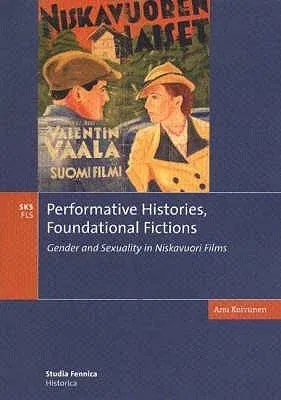Films are essential to national imagination and promotional publicity
markets "domestic films" not only as entertaining, exciting, or moving,
but also as topical and relevant in different ways. When assessing new
films, reviewers make reference to other films and cultural products as
well as social and political issues. Through such interpretive framings
by contemporary and later generations, popular cinema is embedded in
both national imagination and endless intertextual and intermedial
frameworks. Moreover, films themselves become symbols which are cited
and recycled as illustrations of cultural, social, and political history
as well as national mentality. In Performative Histories, Foundational
Fictions, Anu Koivunen analyzes the historicity as well as the
intertextuality and intermediality of film reception as she focuses on a
cycle of Finnish family melodrama and its key role in thinking about
gender, sexuality, nation, and history. Close-reading posters,
advertisements, publicity-stills, trailers, review journalism, and
critical commentary, she demonstrates how The Women of Niskavuori (1938
and 1958), Loviisa (1946), Heta Niskavuori (1952), Aarne Niskavuori
(1954), Niskavuori Fights (1957), and Niskavuori (1984) have served as
sites for imagining "our agrarian past", our Heimat and heritage as well
as "the strong Finnish woman" or "the weak man in crisis". Based on
extensive empirical research, Koivunen argues that the Niskavuori films
have inspired readings in terms of history and memory, feminist
nationalism and men's movement, left-wing allegories and right-wing
morality as well as realism and melodrama. Through processes of
citation, repetition, and re-cycling the films have acquired not only a
heterogeneous and contradictory interpretive legacy, but also
significant affective force.


